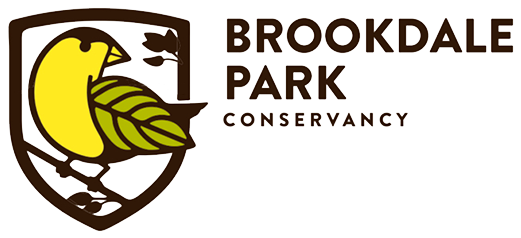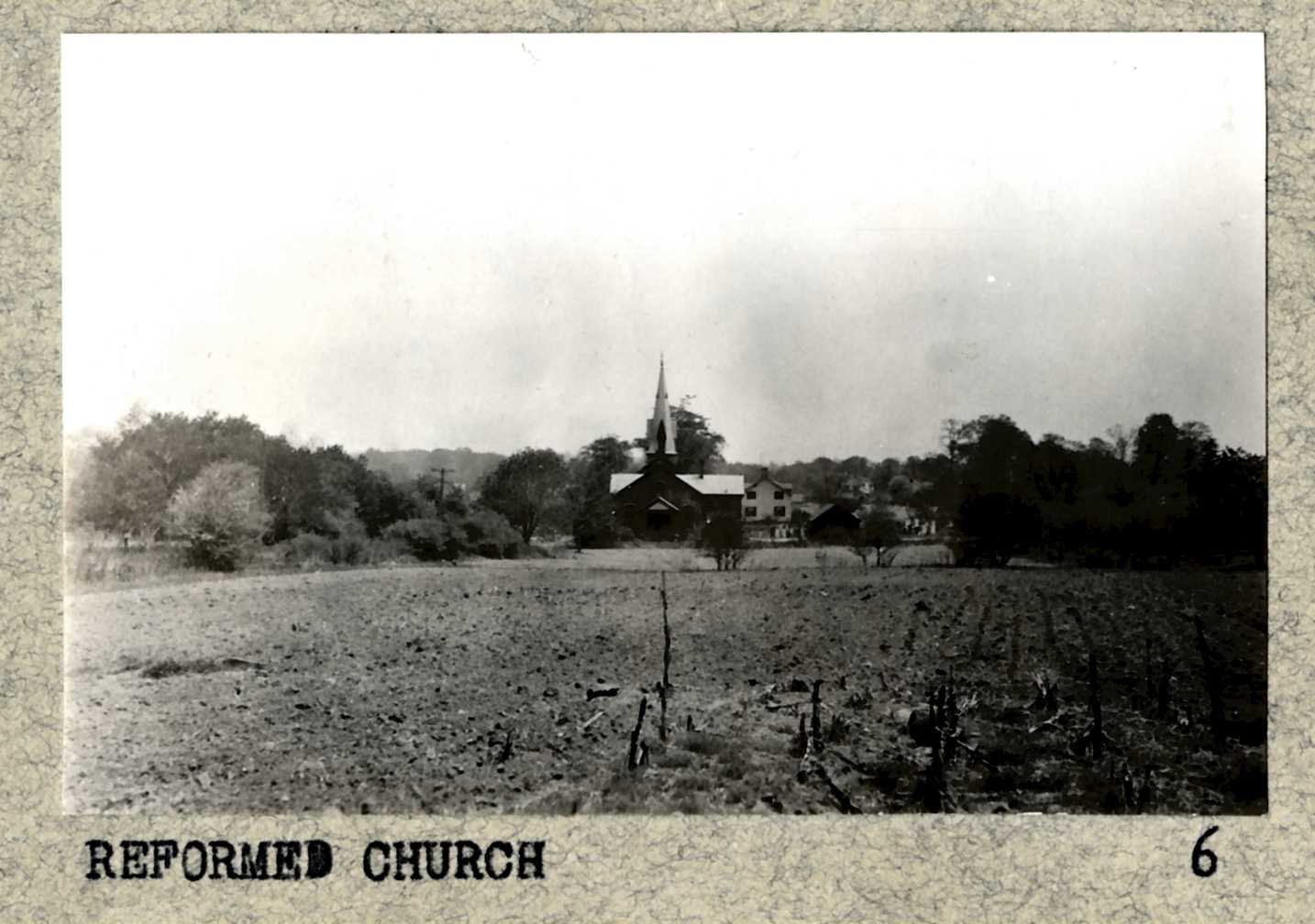by Don McLoughlin and Teri Gatto
For thousands of years, a First People known as the Yantecaw, a subgroup of the Lenape people, lived in this part of northern New Jersey, including the land where Montclair, Bloomfield, and Brookdale Park currently are. European settlement and farming began in the 1600s and the Lenape population was soon decimated by encroachment and disease. In 1812, Bloomfield split off from Newark, and an agricultural section of Bloomfield became known as Stone House Plains. In 1873, the Stone House Plains section of Bloomfield was renamed Brookdale.
“The Essex County Park Commission was created by a recent act of the Legislature...to consider the advisability of laying out ample open space for the use of the public...”
In the 1890s, Essex County made history by establishing the nation's first county park system. Branch Brook Park was the first park created and was ultimately designed by the world-famous Olmsted landscape architectural firm in the early 1900s. Several other parks followed and plans for Brookdale began to come together in the late 1920s.
The Reformed Church located next to at what is now the Bellevue Avenue entrance/exit to the park. The farm fields in the foreground are now some of the park's baseball/softball fields. Photo from Olmsted Archives.
“An area of approximately 128 acres is included ... by the Commission for a park in the northern part of the county, lying within two municipalities - the Towns of Montclair and Bloomfield. The location and lay of the land make it adaptable for a beautiful and practical park development.
It is, indeed, fortunate that so large a tract of undeveloped land can be secured for park purposes in the midst of a vastly populated area. Negotiations are under way to secure the land for this park.”
In 1928, the Essex County Park Commission purchased 111 acres of mostly farmland for the establishment of the new park and the town of Montclair also transferred an additional 11 acres to the Commission. About 2/3 of the park is in Bloomfield and 1/3 in Montclair. The Olmsted firm was again chosen to design the new park. The original park plan called for a track, football and baseball fields, tennis courts, a children's playground, comfort stations, walking paths, and parking lots as well as for a dancing pavilion, a bandstand, and a casino that were not built.
View from the 'Overlook', the rock outcropping off of West Circuit Drive now overlooking the Streamside Pollinator Garden. The white building in the middle of the photo is where the current Field House/Bathroom building is, next to the track (which would be to the left of the building). Photo from Olmsted Archives.
“The Parks Commission gave long and serious consideration to several suggestions made by citizens and public bodies for a name for this park. The name ‘Brookdale’ was selected...”
Work on the park commenced in the early 1930s. The Great Depression, a huge economic catastrophe that lasted ten years from 1929-1939, caused work to slow in the park several times. Work regained momentum in 1933 thanks to an agreement between the Essex County Park Commission and the federal Emergency Relief Administration (ERA) and its 1935 successor, the Works Progress Administration (WPA). The ERA and WPA were Depression-era programs that provided financial assistance to the unemployed in return for their labor. (During the Depression, unemployment peaked at over 25% - no, that's not a typo). This partnership with the ERA/WPA enabled the Commission to complete construction.
“...the topography of the entire park was changed to conform to a very interesting and pleasing landscape treatment. This necessitated the moving of 78,000 yards of topsoil, 133,000 yards of fill and excavations, and 92,000 yards of borrowed fill.
Many who had the opportunity to see this land prior to the development work expressed surprise and admiration at the change made in the topography...that will lend themselves admirably to interesting and unusual planting.”
Following the extensive Olmsted planting plan, in 1934 and 1935 sixty-four acres of lawn were seeded and 33,000 trees, shrubs, and evergreens were planted. The extraordinary variety of plants consisted of many familiar native species (oak, maple, beech, rhododendron, etc.) as well as exotic or non-native specimens such as Atlas Cedar (from mountains of Morocco), cryptomeria evergreens (from Japan), and Kentucky Coffee tree (native to Appalachia, the Midwest, and upper South) to name a few. There were even some plants that are now considered to be invasive species (honeysuckle!!) and these are often removed as part of planting replacement projects today.
Construction of the track -1935. Photo from Essex County Archives
“Brookdale Park, newest link of the Essex County park system, is rapidly nearing completion, according to Kenneth V. C. Wallace, secretary of the Essex County Park Commission.
Mr. Wallace announced yesterday that the park is now open to the public.”
By 1938, most of the features of Brookdale Park that we know today were completed - the track, the grandstand, the Field House, the baseball and playing fields, the children's playground, the former pond, the tennis courts and tennis building, the flag pole, the walking paths, and the paved roadways. An additional 3,660 plants were also installed.
Interestingly, the beloved Brookdale Park Rose Garden was NOT part of the Olmsted original park plan. That was added in 1959 by the County and the North Jersey Rose Society in an effort to "dress up" the huge flag pole (which was original to the park). And in 2022, the County built a permanent bandstand for concerts, fulfilling a park feature that had been called for in the original park plan, but had not been built during the Great Depression due to costs.
Since its opening, Brookdale has been the go-to place for both locals and out-of-towners looking for a quiet place to enjoy nature or to take advantage of the many features and facilities it has. Over the decades the park has hosted countless events such as archery tournaments, Boy Scout jamborees, track meets, sporting events, craft fairs, and wonderful concerts and fireworks.
Brookdale Park is truly a treasure in our midst.
Family Activity: Find the Overlook
Can you find the Overlook from the old picture up above and see how different the park looks today?






